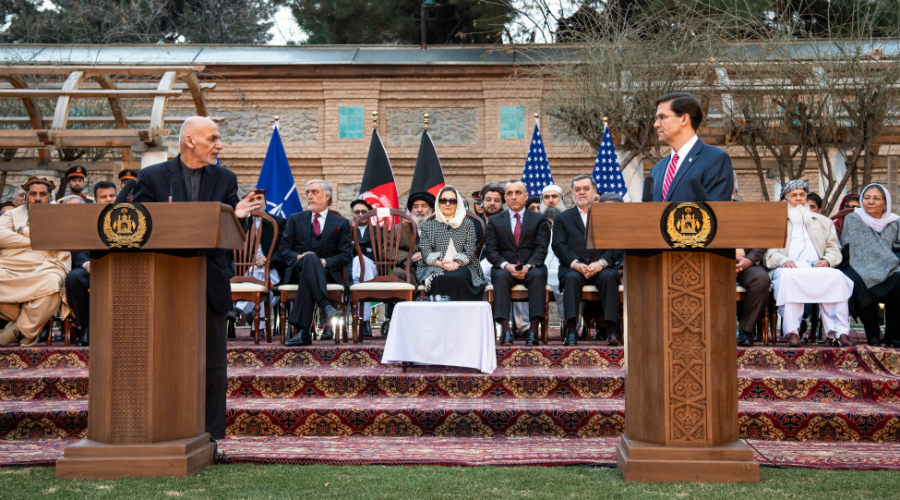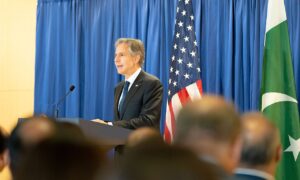The U.S.-Taliban agreement signed in Doha on Feb. 29 is historic, significant and long overdue. After nearly 20 years of war and many failed attempts at striking a deal, it represents the best chance Afghans, the United States and the wider region have of building a more stable and secure future. The deal is also—perhaps inevitably—ambiguous, contingent and preliminary. After trying for years to strike an agreement including both the Taliban and representatives of Afghanistan’s government, U.S. officials determined the only way forward would be to first negotiate with the Taliban.
While the U.S.-Taliban agreement captured headlines, a second document decided by U.S. and Afghan representatives that was released simultaneously is also significant—and raises troubling questions. This U.S.-Afghan joint declaration, announced on Feb. 29 in Kabul, identifies commitments made by both sides related to the peace process and future reductions in U.S. forces in Afghanistan. It covers similar ground to the U.S.-Taliban agreement and is a politically important demonstration of the Afghan government’s inclusion in and support for the peace process.
Read the full op-ed in Lawfare.




